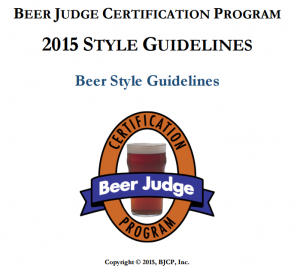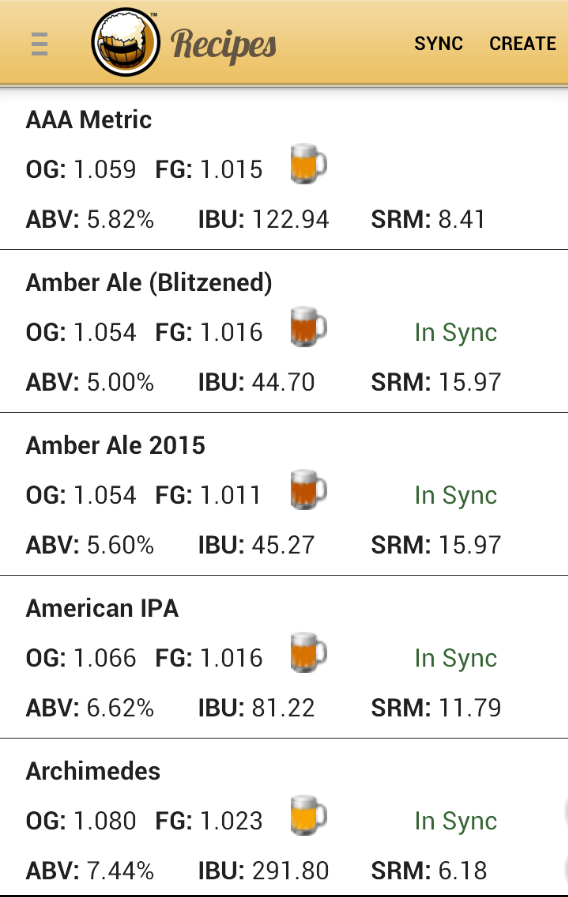Wednesday, August 12th, 2015
We’re starting a new feature here at Brewer’s Friend, Recipe of the Week!
This is going to be based on views so only public recipes will be considered. If your recipe is selected as the week’s top recipe you will receive 1 year of supporting membership here on Brewer’s Friend! We’re going to do this once a week so that’ 52 chances a year to win a supporting membership!
If you posted your recipe anonymously and it is chosen for Recipe of the Week please be sure to contact me. I can see who submitted them, but since you might have decided to keep that private I’m going to respect your wishes, but I’m happy to upgrade you.
So, for the first Recipe of the Week we’re taking a look at Zombie Dust Clone submitted to us via an anonymous member.

Image courtesy of skeeterpleezer of HomeBrewTalk
The original recipe was originally submitted to HomeBrewTalk, but made it’s way to Brewer’s Friend in no time!
Zombie Dust Clone – ALL GRAIN
Method: All Grain
Style: American IPA
Boil Time: 60 min

Image Courtesy of Hockyplr of HomeBrewTalk
Batch Size: 6 gallons (fermentor volume)
Boil Size: 7 gallons
Efficiency: 70% (brew house)
Source: skeezerpleezer on Homebrewtalk.com
Fermentables
Amount Fermentable PPG °L Bill %
11.75 lb American – Pale 2-Row 37 1.8 81.7%
1.13 lb American – Munich – Light 10L 33 10 7.9%
0.5 lb German – CaraFoam 37 1.8 3.5%
0.5 lb American – Caramel / Crystal 60L 34 60 3.5%
0.5 lb German – Melanoidin 37 25 3.5%
14.38 lb Total
Hops
Amount Variety Type AA Use Time IBU
0.75 oz Citra Pellet 11 First Wort
1.25 oz Citra Pellet 11 Boil 15 min
1.25 oz Citra Pellet 11 Boil 10 min
1.25 oz Citra Pellet 11 Boil 5 min
1.25 oz Citra Pellet 11 Boil 1 min
3 oz Citra Pellet 11 Dry Hop 7 days
Mash Guidelines
Amount Description Type Temp Time
22 qt Temperature 155 F 60 min
Yeast: Fermentis / Safale – English Ale Yeast S-04
Attenuation (avg): 72%
Flocculation: Medium
Optimum Temp: 59 – 75 °F
Starter: Yes

Image courtesy of Skeeterpleezer of HomeBrewTalk
So what makes this recipe so popular? Aside from being a clone from a very popular commercial brew this is a dead on clone. Many, many brewers have noted how their finished Zombie Dust clone taste like it was straight from the 3 Floyds Brewing Company itself. Although not an original recipe anyone who’s ever developed a clone will tell you that getting all the little nuances of a beer as popular as Zombie Dust is a challenge and one that SkeeterPleezer took on with great results.
From everyone at Brewer’s Friend I would like to thank you for being a member and checking out our newest feature, “Recipe of the Week!”.
Posted in Announcements, Beer Styles, Brewing, Uncategorized | No Comments »
 We’re pleased to announce that we now have support for the 2015 BJCP style guidelines on Brewer’s Friend starting today. Here is the set of styles that’s included in the update:
We’re pleased to announce that we now have support for the 2015 BJCP style guidelines on Brewer’s Friend starting today. Here is the set of styles that’s included in the update:


















